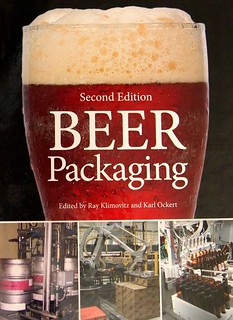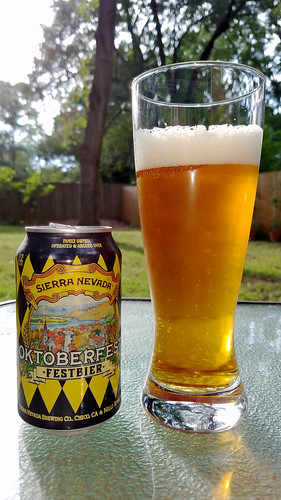People say if you don't drink you live longer.
That's not true. It just seems longer.
Michael Jackson —the ungloved one, the one who didn't drink Pepsi, but the one who drank beer and wrote about it, the Beer Hunter— was an erudite Yorkshire, England, newspaper reporter who was the prime promulgator, in several wonderful books, of the concept of 'beer type' or 'beer style,' a nomenclature based on geography and tradition, and ingredient and process.
Jackson was a man who wrote as well as he drank, who demonstrated that beer —and whisk(e)y— was easily wine's equal (or was that vice-versa?). His concept of 'beer style' —a novel idea in the 1970s when he wrote his first books— is now well-established canon, if twisted well beyond Jackson's original premise.
Michael Jackson appeared twice on "Late Night with Conan O'Brien": first in December 1998 and again, a decade later, in April of 2006. The first was funnier; the second snarkier and more mean-spirited toward Jackson.
Jackson, so public in his advocacy for good beer, long waged a private battle against Parkinson's Disease, its progressively deteriorating symptoms observable as slurred speech, rigidity, and herky-jerky movements. Even at that earlier point in 1998, Jackson was already suffering from Parkinson's effects, although subtly. By the second appearance, very noticeably.
Jackson had plans of writing a memoir of his battle with the disease that he would impishly entitle, "I Am Not Drunk." Not to be. He died on 30 August 2007, at the age of sixty-five.
You can help find a cure for Parkinson's. You can link your home computer into a worldwide distributed computing effort —Folding at Home —run by researchers at Stanford University to better understand protein folding errors, believed to be a cause of Parkinson's, Alzheimer's, and other neurodegenerative diseases. I have done so, in honor of Mr. Jackson and of my father —who also died of Parkinson's, five years earlier— in the hope that, someday soon, no one will any longer need to suffer from that scourge. Please consider doing so yourself. There is no cost.
From that evening in 1998, here's another exchange Jackson had with O'Brien. The latter was no match.
Jackson: "This beer was made with hot rocks. [...] Didn't you get hot rocks when you tasted it?"
O'Brien: "No. I don't have a sophisticated palate. I'm like a Pabst Blue Ribbon guy."
Jackson: "You get hot rocks when you wear short shorts. I think that's what you need to do."
-----more-----





























